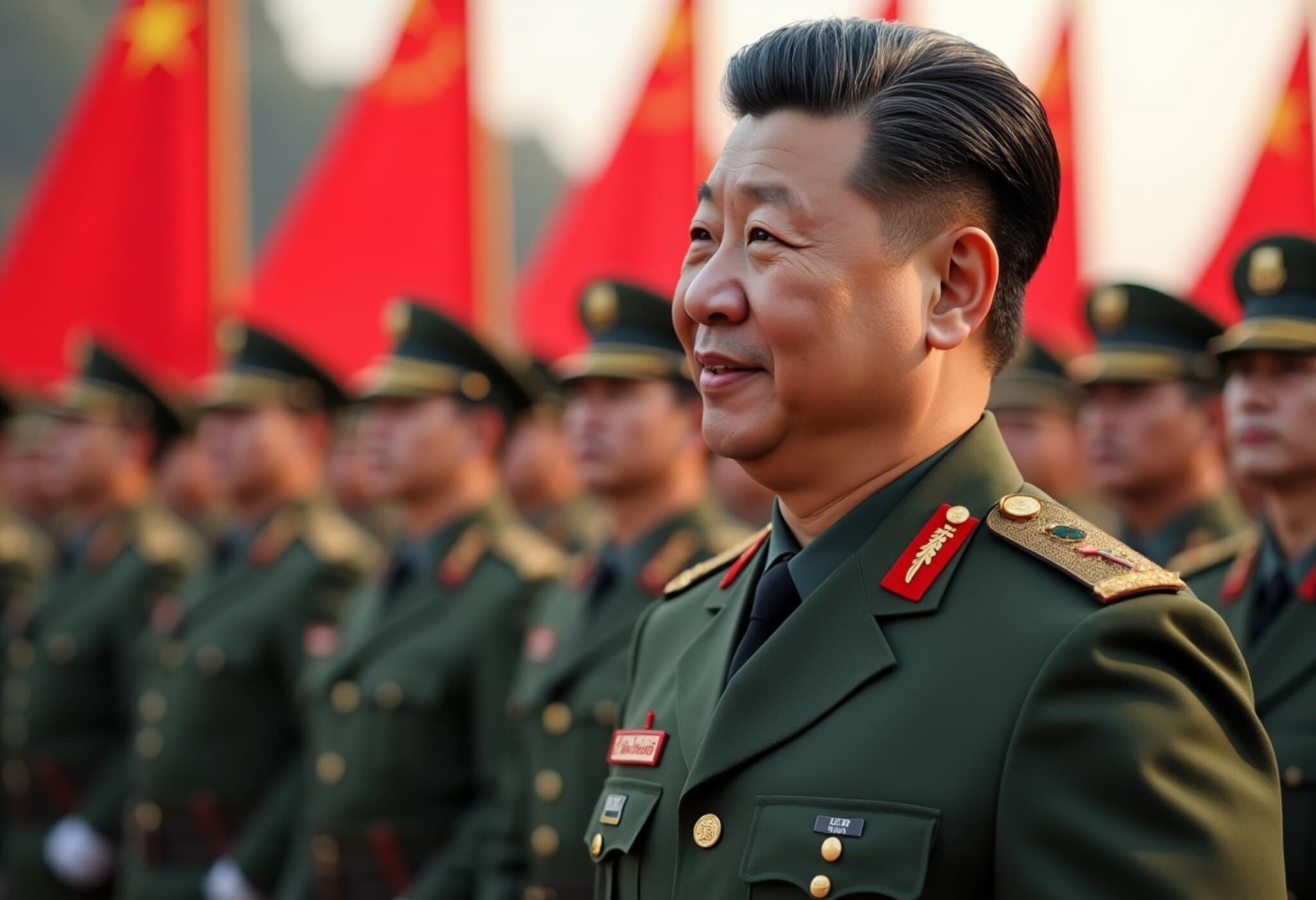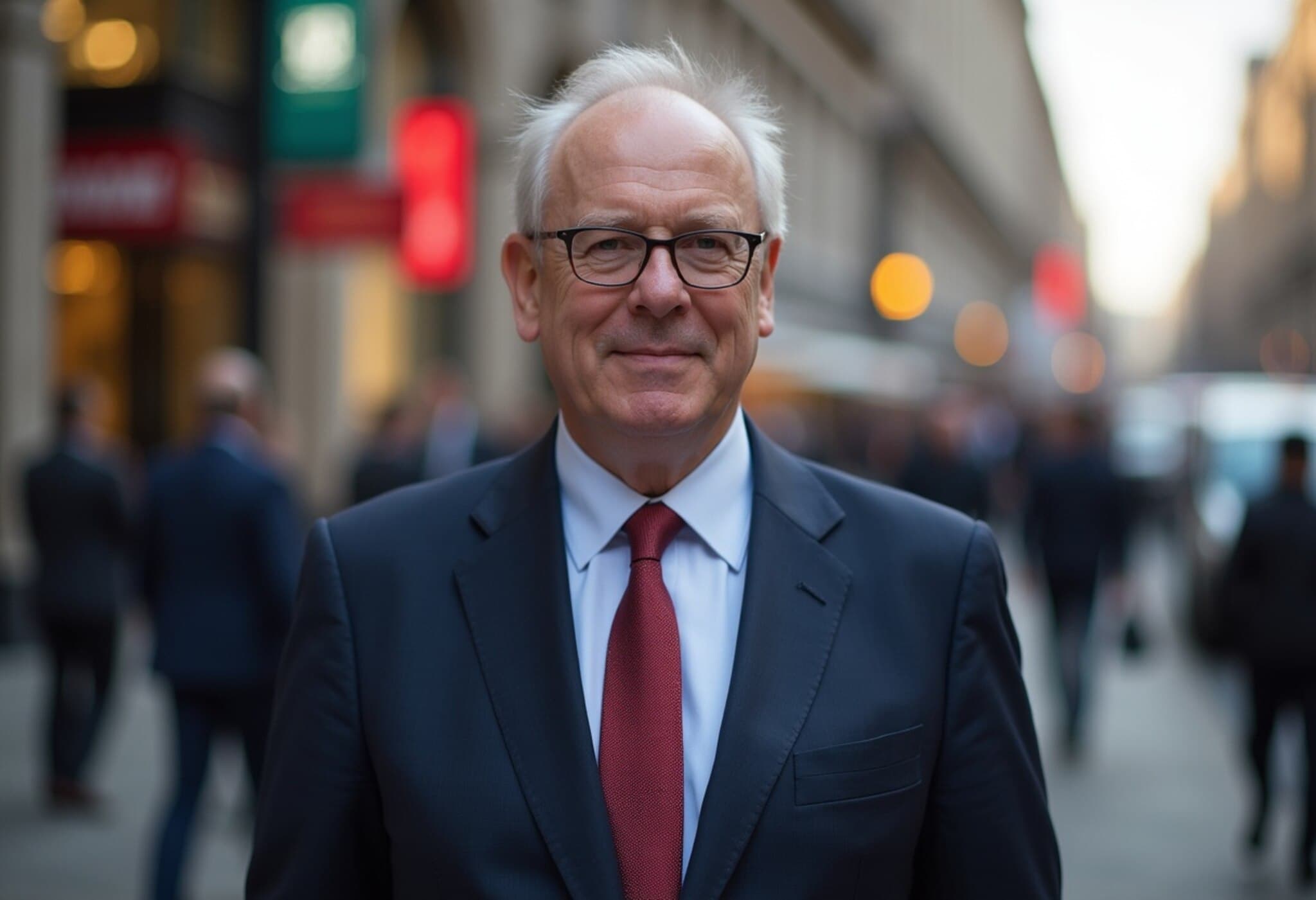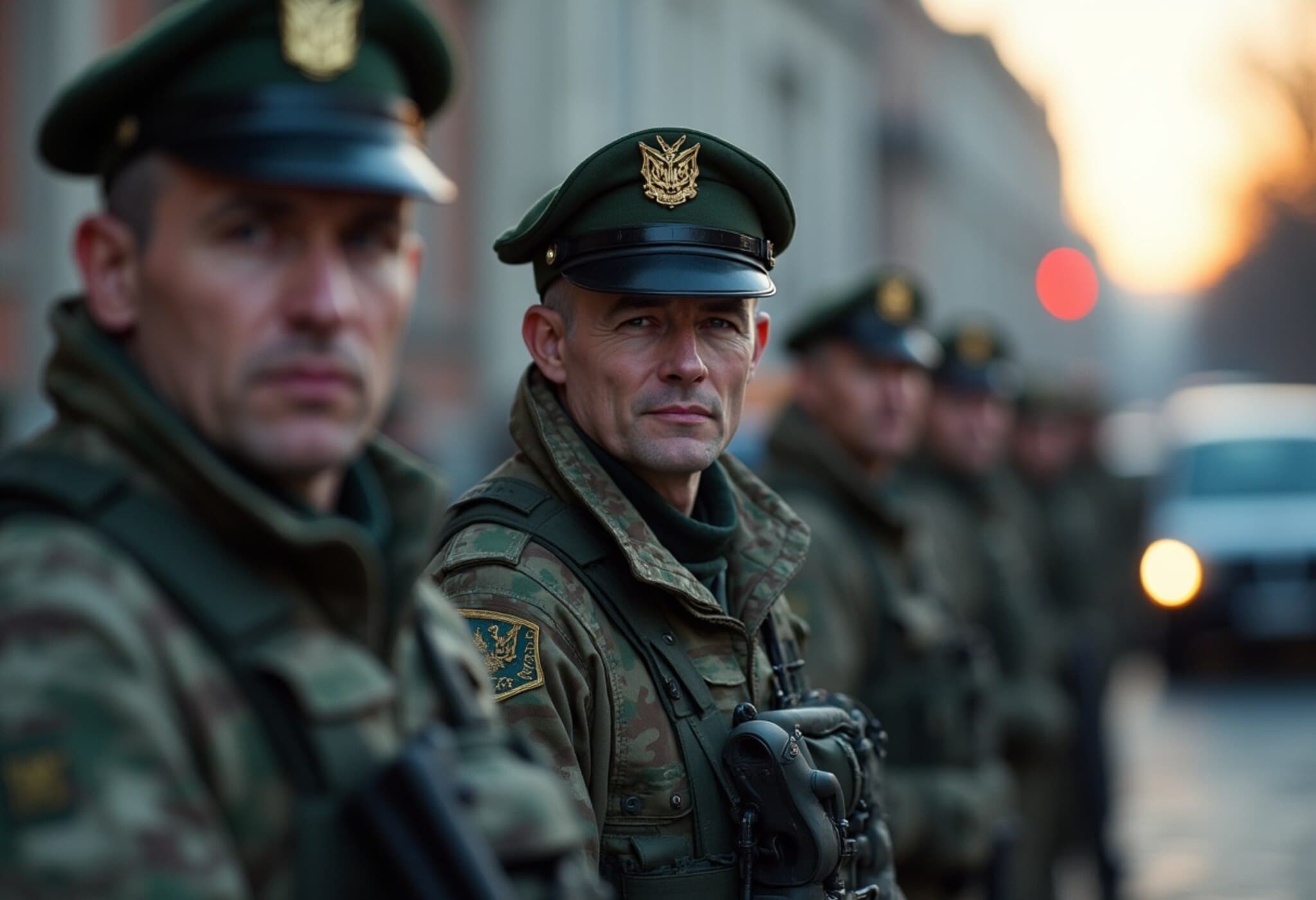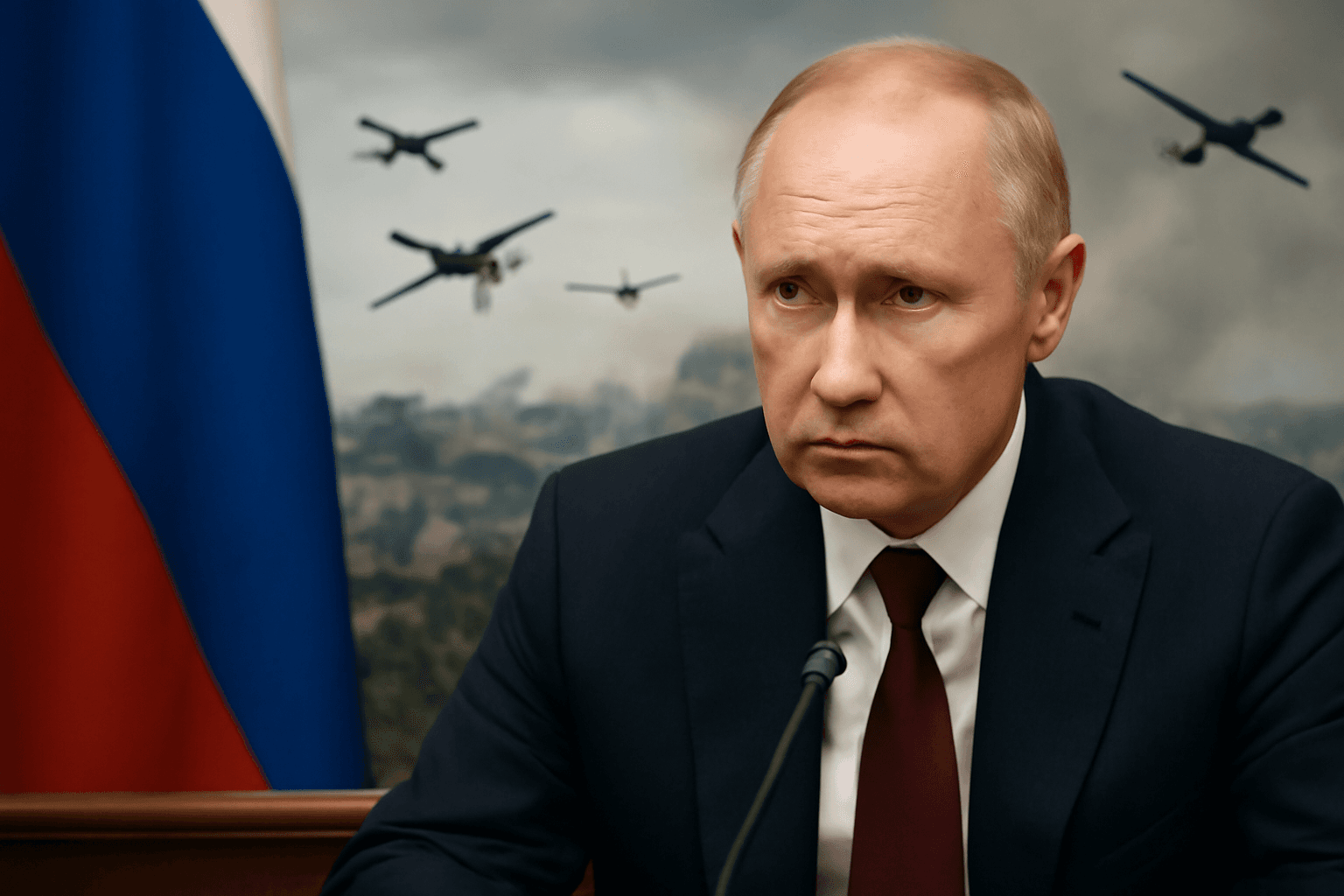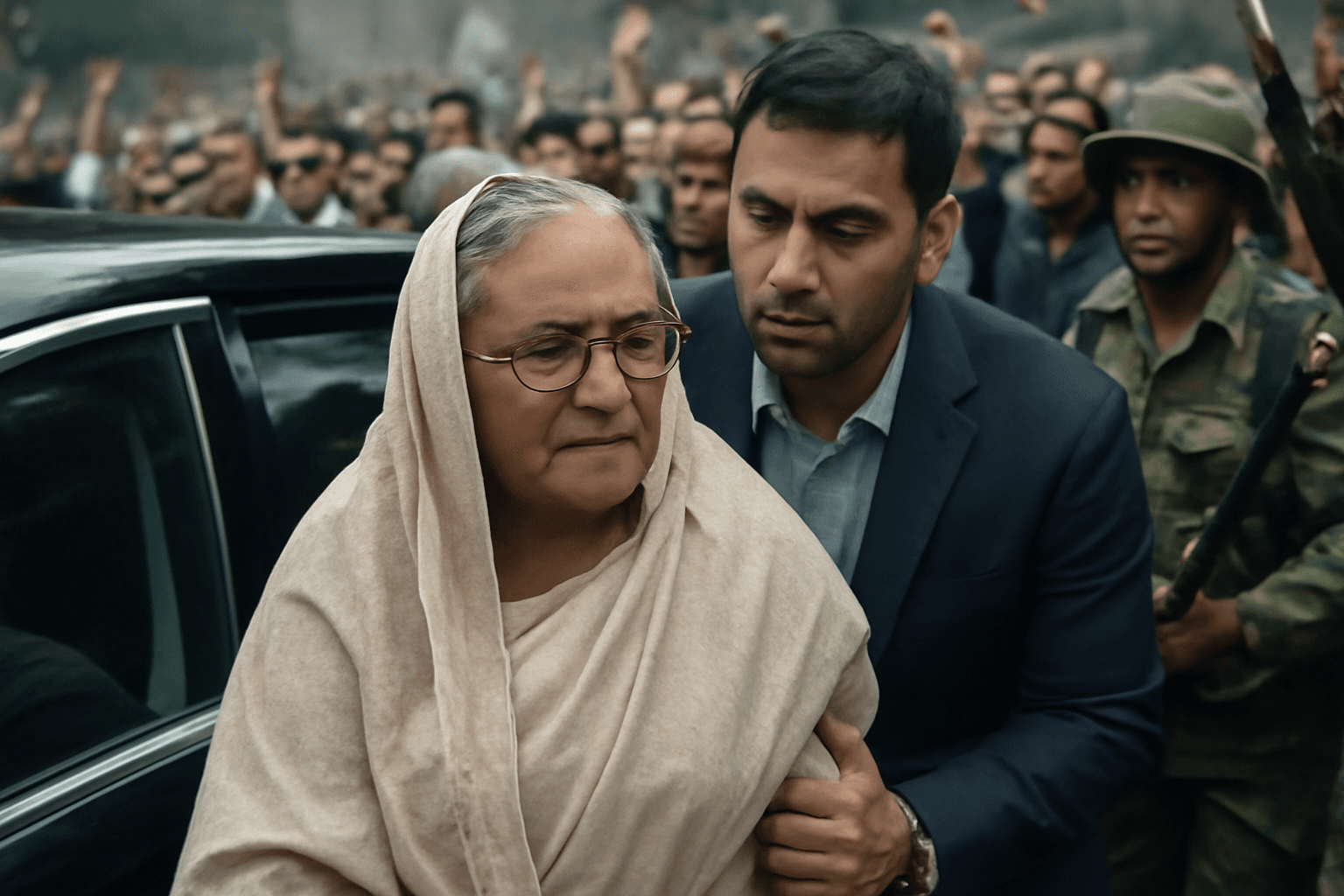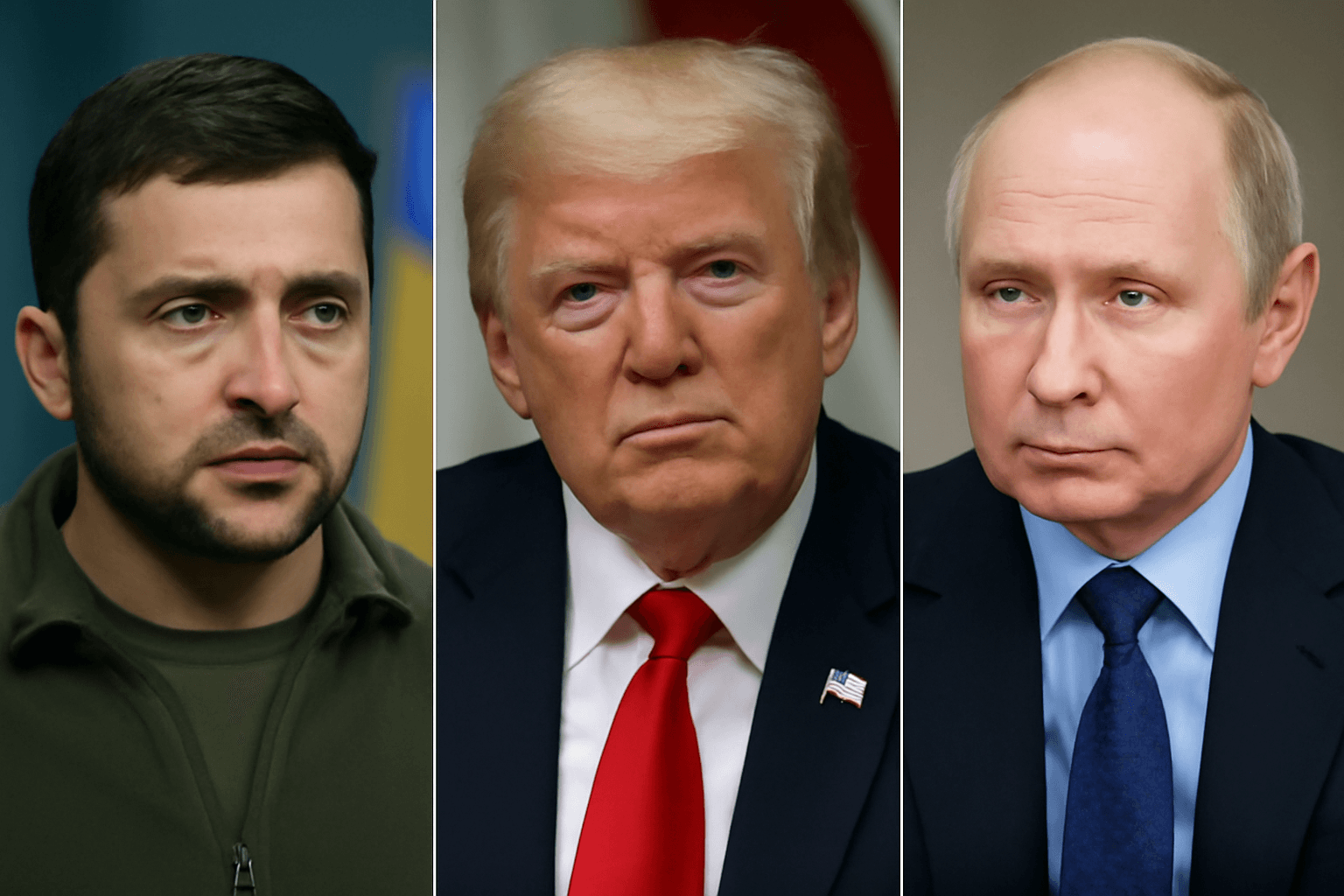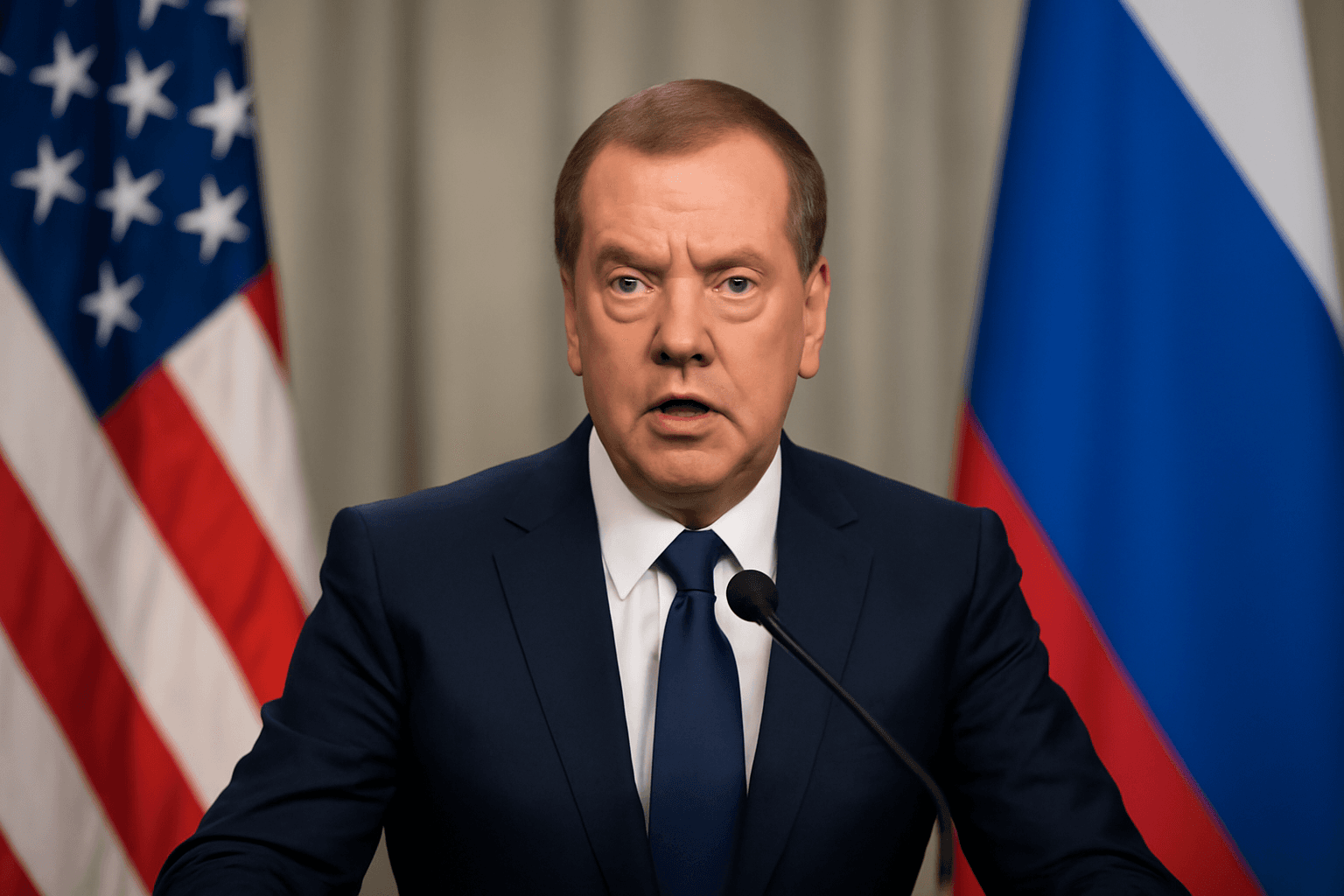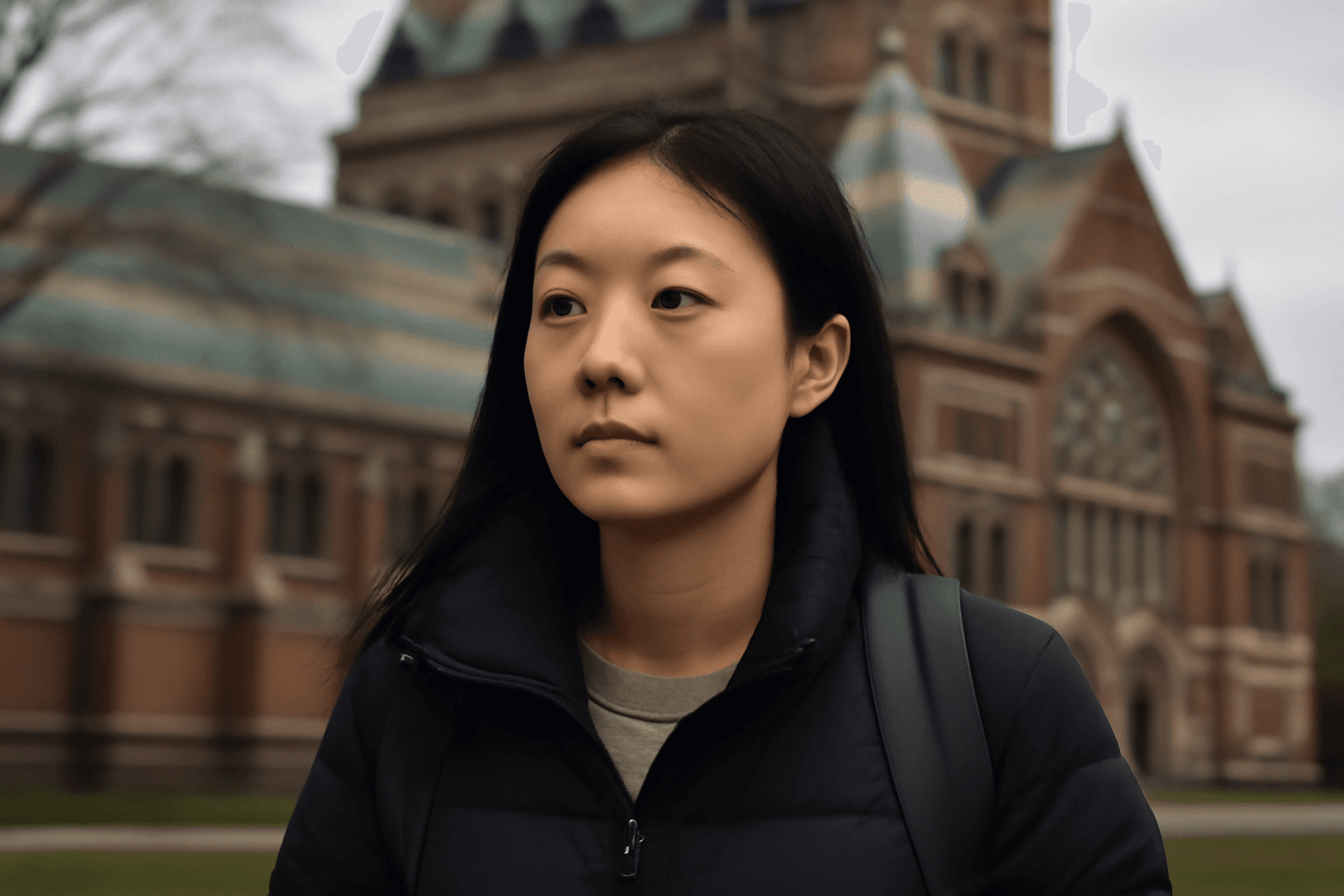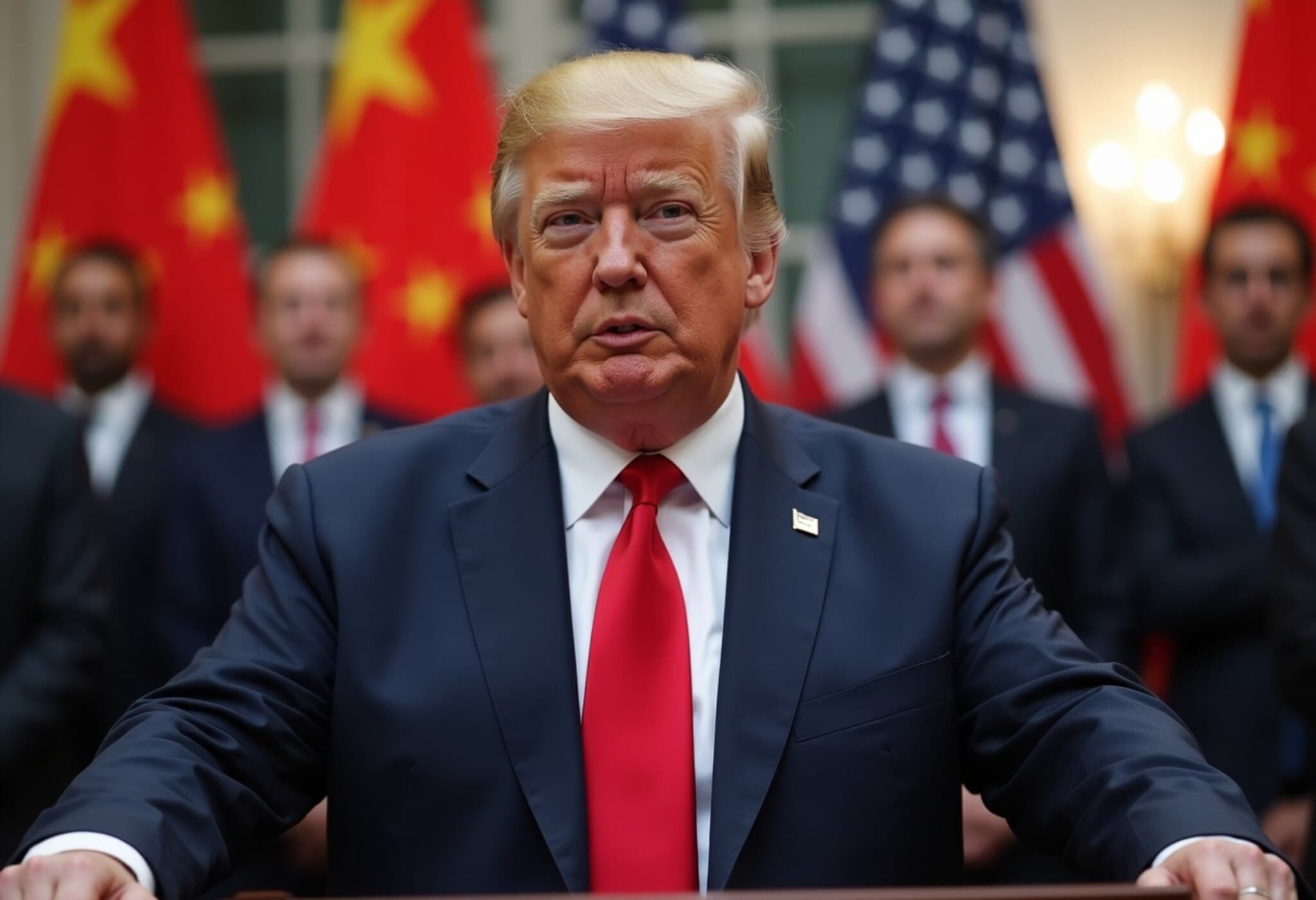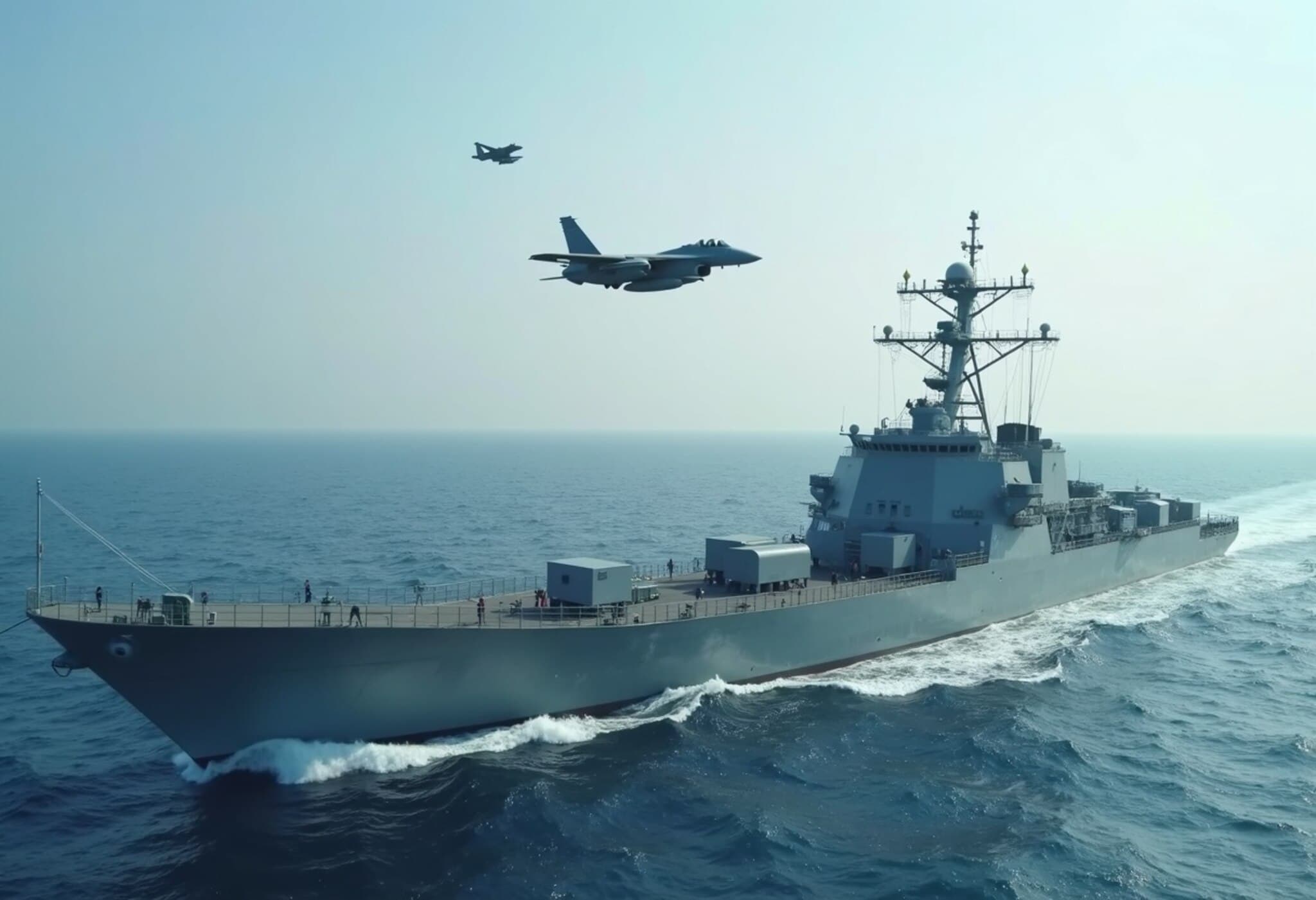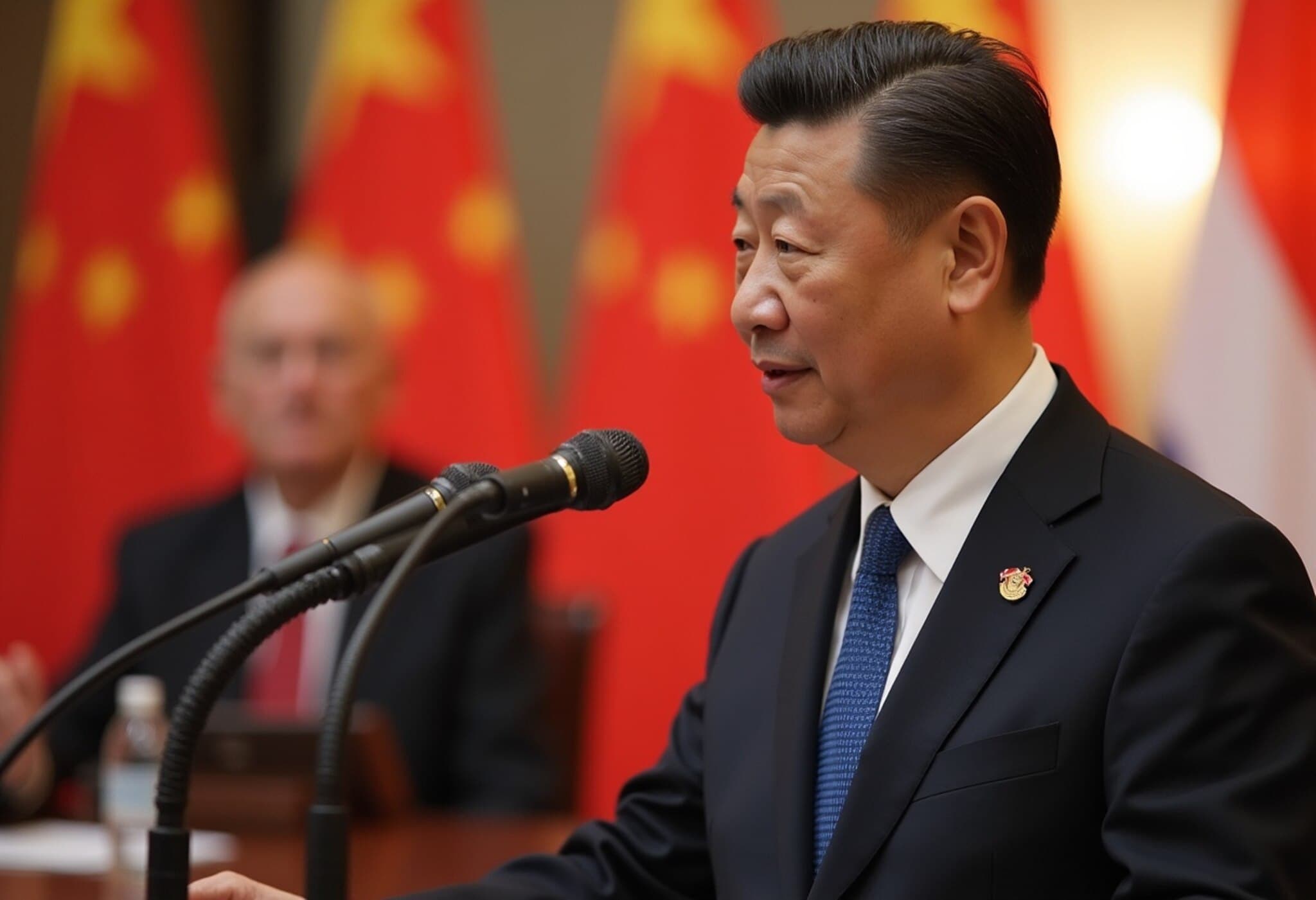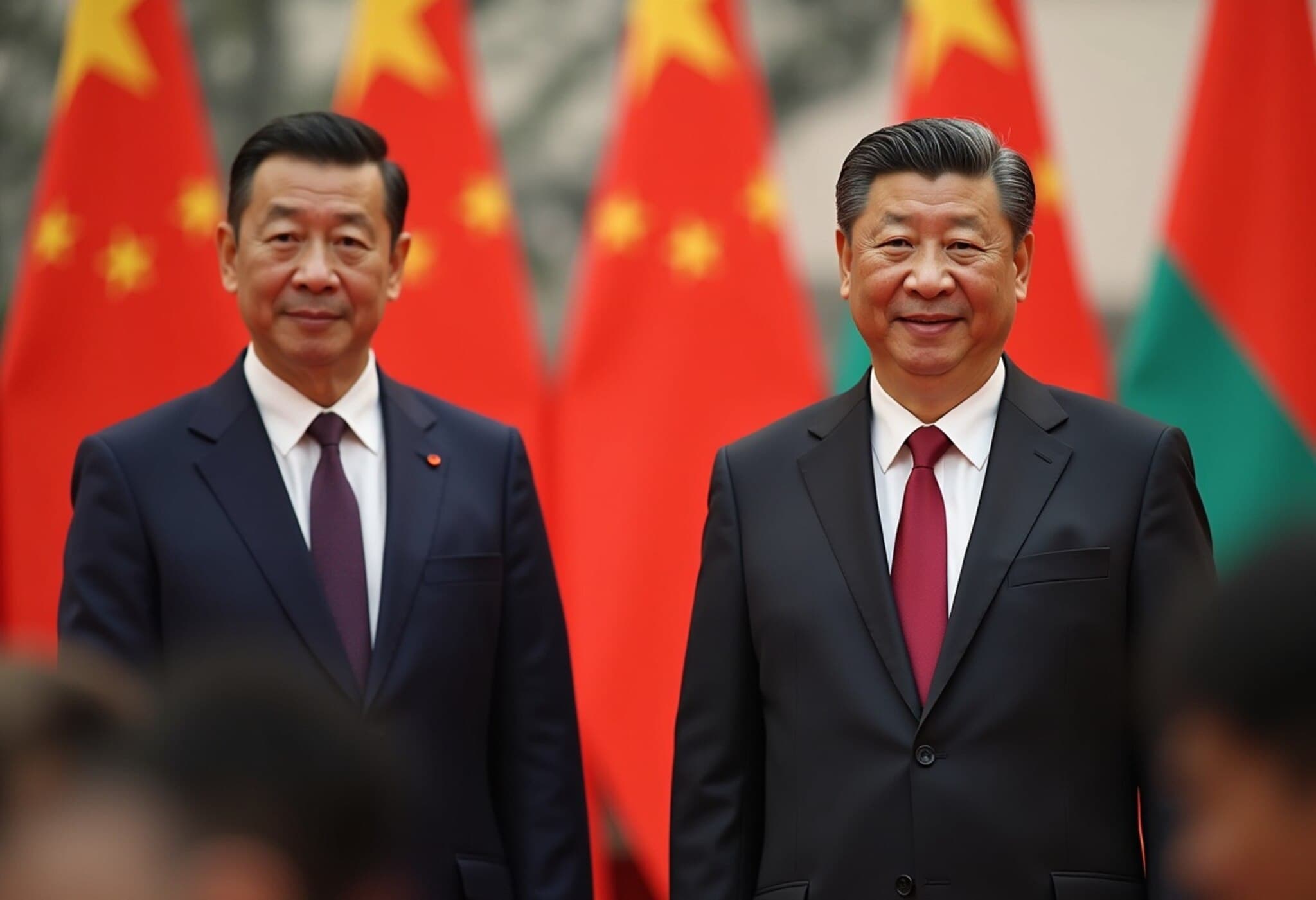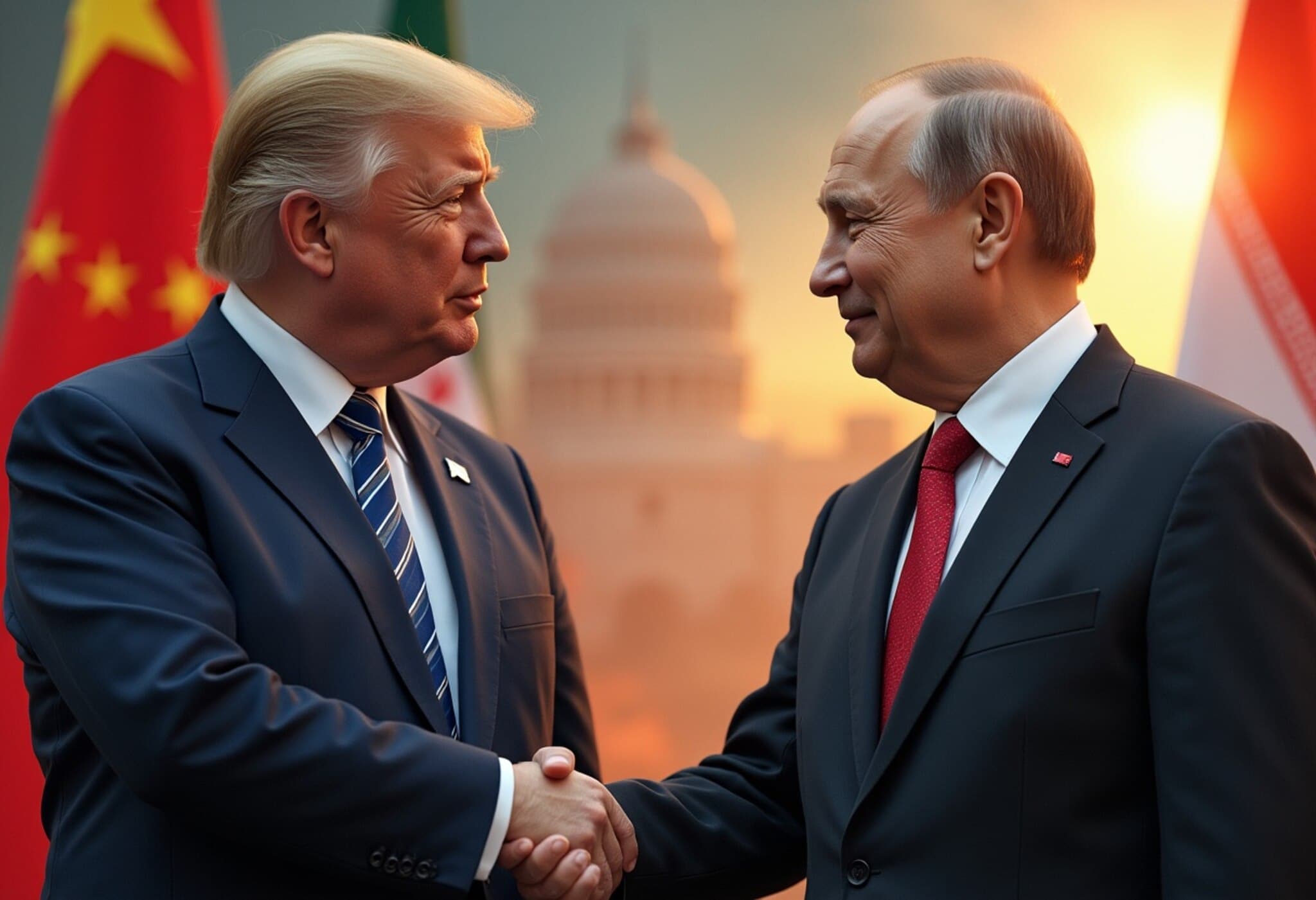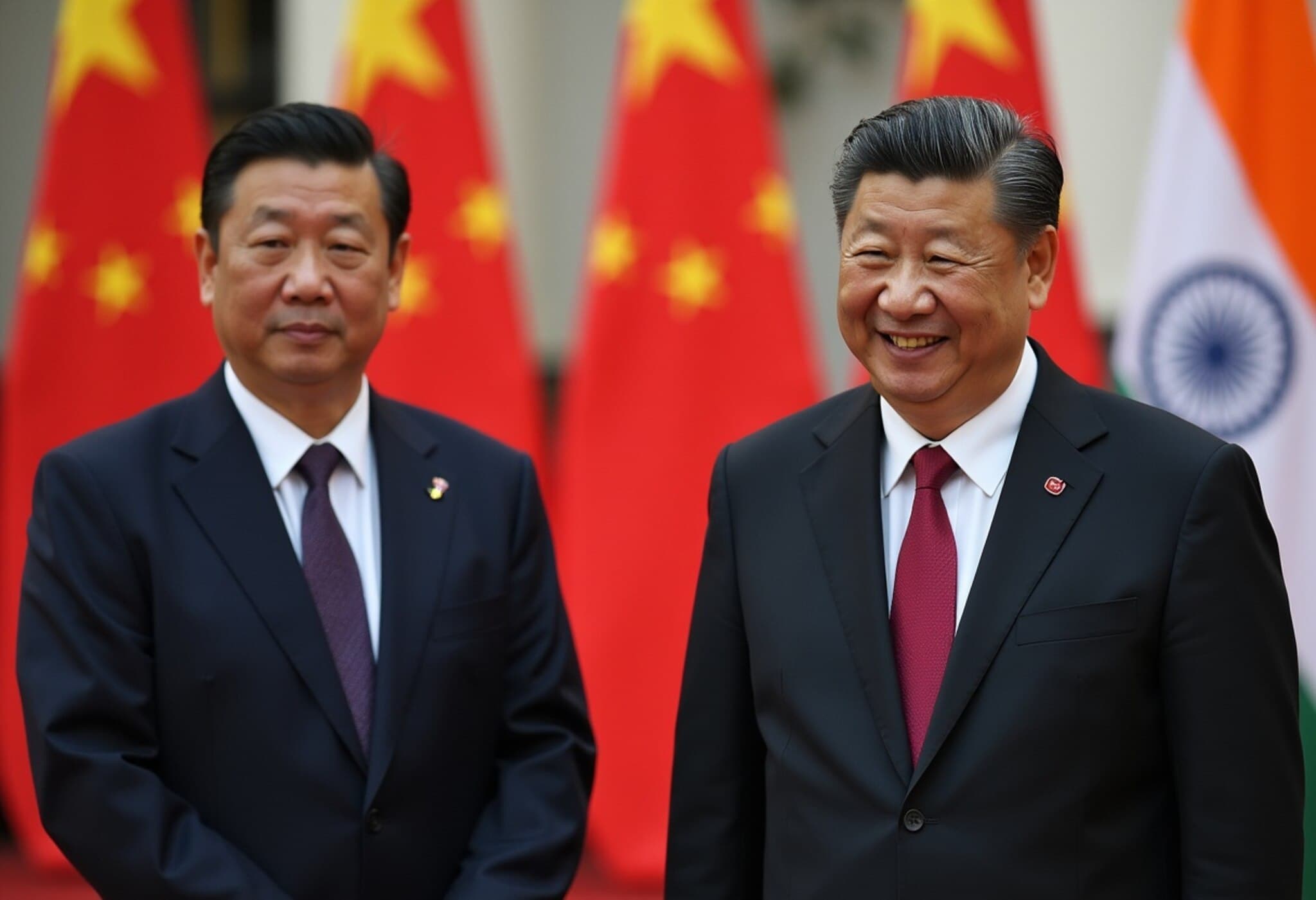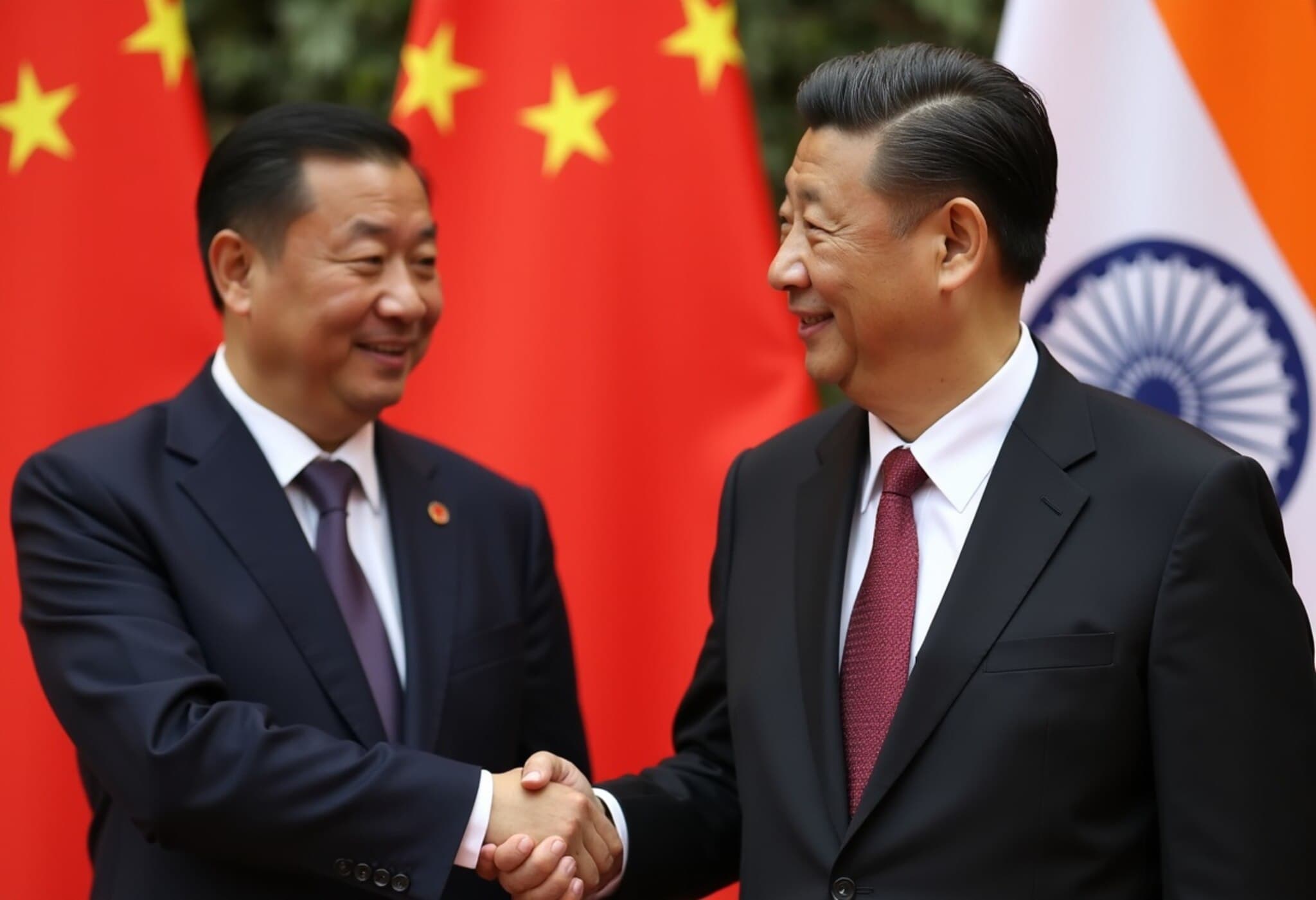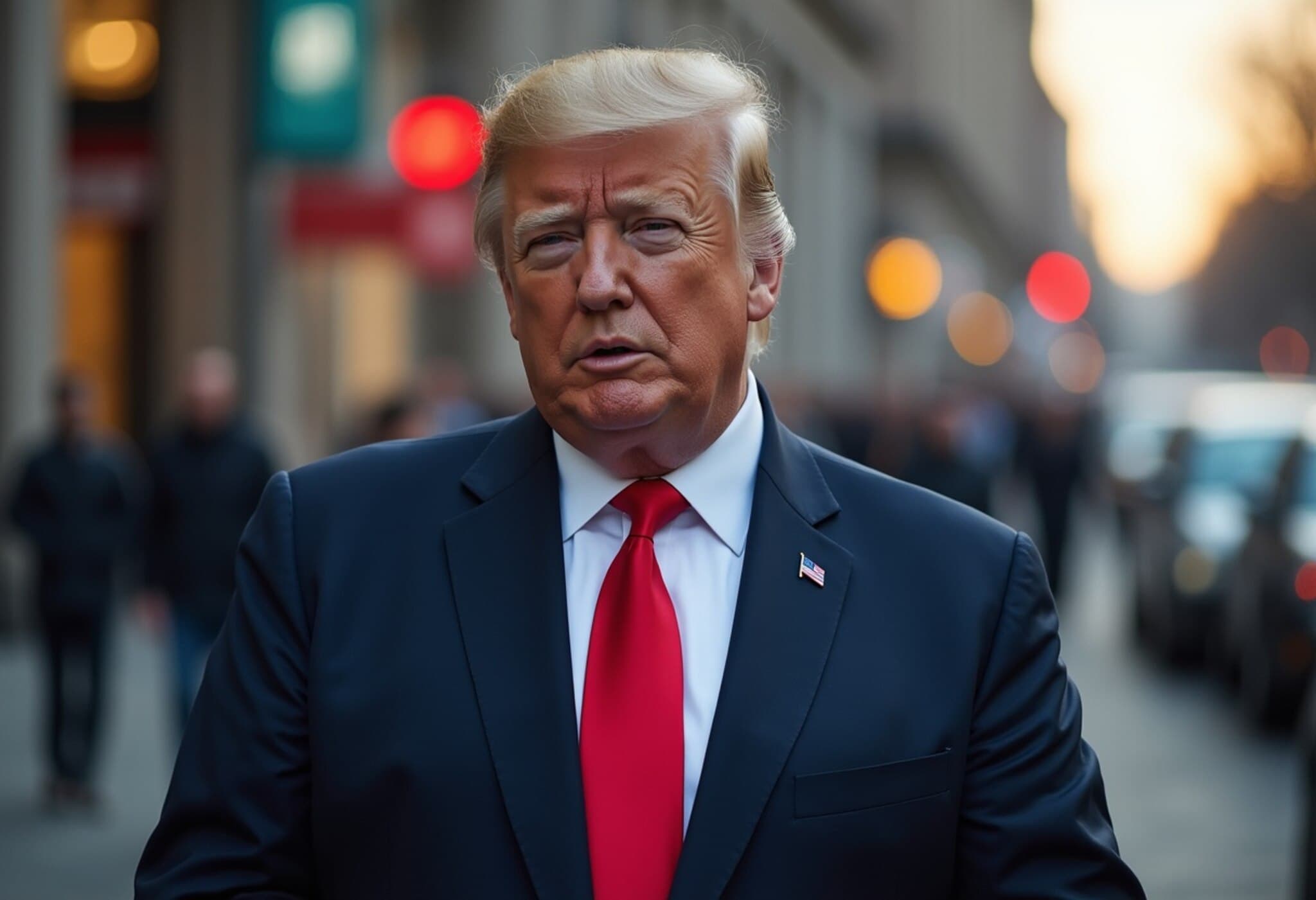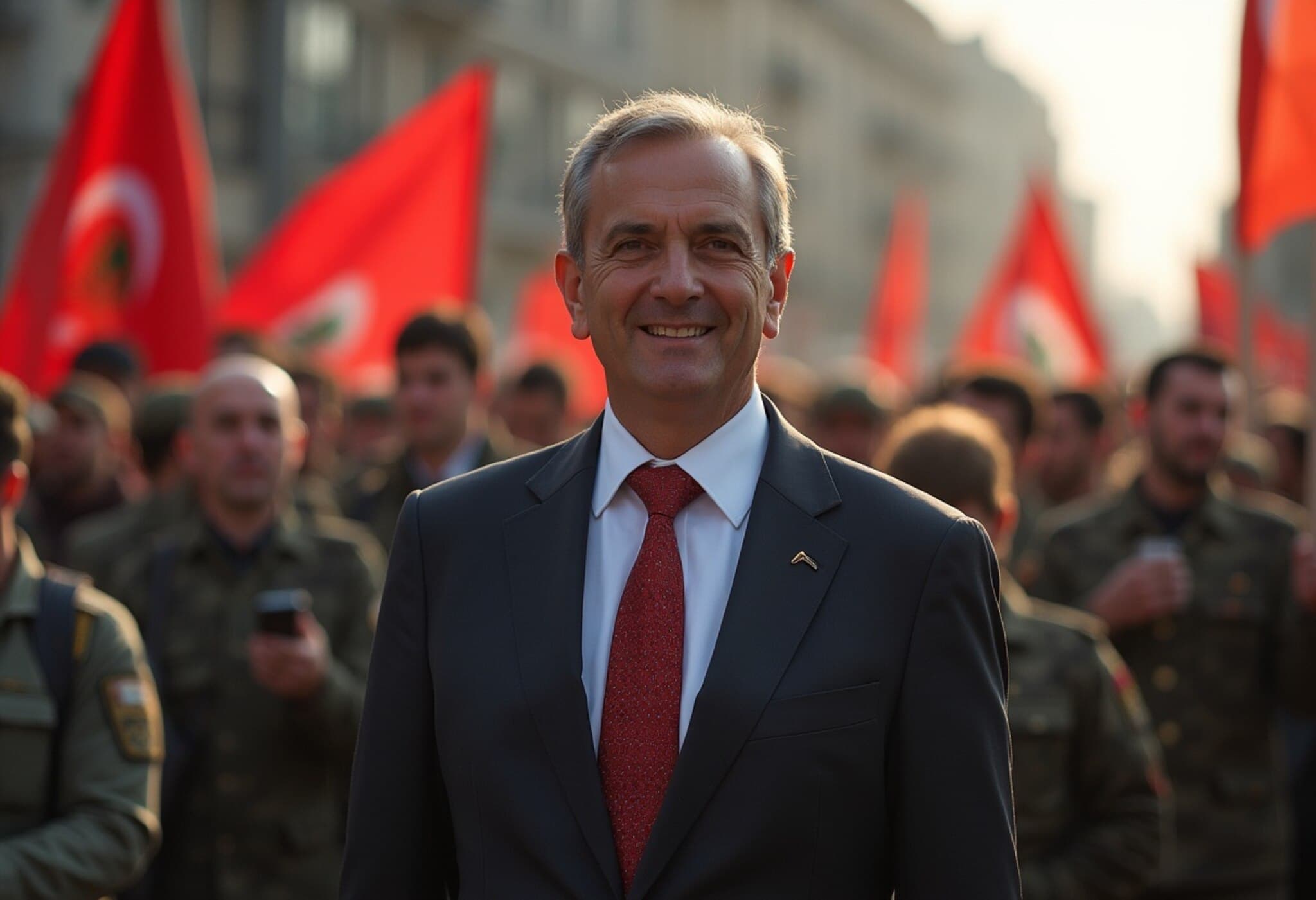Xi Jinping’s Ambitious Military Goal Faces Unprecedented Challenges
Chinese President Xi Jinping’s vision to transform the People’s Liberation Army (PLA) into a military force capable of rivaling or surpassing the United States by 2049—the centenary of the People’s Republic of China—is a cornerstone of his broader “national rejuvenation” agenda. This goal symbolizes China’s bid to reclaim its historic status as a dominant global power, blending economic might with technological and military strength. Yet, beneath the impressive displays at airshows and naval drills lies a mounting internal crisis within the PLA that threatens to derail these ambitions.
Widespread Purges Expose Deep Mistrust in the Military Leadership
Since 2022, Xi has orchestrated a sweeping crackdown on the PLA’s top brass, removing at least 21 senior officers, including key figures within the Central Military Commission (CMC)—the PLA’s highest command. Notably, the ousting of Defence Minister Li Shangfu, Vice Chairman He Weidong, and Admiral Miao Hua signals an aggressive campaign targeting even those once considered Xi’s closest allies.
The abrupt disappearance of Lieutenant General He Weidong, the PLA’s second-in-command, was a dramatic indicator of Xi’s zero-tolerance policy toward any perceived underperformance or disloyalty, reflecting a leadership style akin to that of a mafia boss who demands absolute allegiance. This purge extends well beyond individual figures, encompassing senior officials in the armaments sector and other military domains, underscoring Xi’s intolerance for corruption and inefficiency.
Historical Parallels and Unprecedented Intensity
Some analysts draw parallels between Xi’s purges and the tumultuous military upheavals under Mao Zedong. However, Xi’s approach is more calculated and systemic, forcibly dismantling established leadership structures to cement his personal control. This method carries profound risks, fostering paranoia and destabilizing the command cohesion critical for military effectiveness.
The Paradox of Loyalty vs. Military Effectiveness
Xi’s dual objectives—ensuring the PLA’s unwavering loyalty to the Chinese Communist Party (CCP) and developing a combat-ready force capable of challenging US dominance—create an inherent tension. His relentless focus on political loyalty sidelines professional military competence, suppressing initiative and innovation within the ranks. Officers living under constant scrutiny are less inclined to take strategic risks or exercise creative judgment, qualities indispensable in modern warfare.
The Taiwan Factor and Strategic Urgency
Xi’s timeline sets a daunting pace: achieve foundational modernization by 2035, prepare a force capable of seizing Taiwan by 2027, and build a “world-class” military by 2049. Yet, the ongoing leadership turmoil casts doubt on meeting these ambitious targets. US intelligence agencies share concerns that the PLA’s instability may hinder readiness for a potential Taiwan conflict, where stable, competent leadership is paramount.
Personal Roots of Xi’s Military Obsession
Unlike his predecessors Hu Jintao and Jiang Zemin, Xi hails from a military lineage; his father was a veteran revolutionary, and many of his princeling contemporaries served in the armed forces. This background imparts Xi with a nuanced understanding of the PLA’s political significance and vulnerabilities.
His early encounters with corruption and factionalism within the military galvanized his resolve to reform the PLA. The memory of the PLA’s hesitant role during the 1989 Tiananmen crackdown and the destabilizing waves of the Arab Spring further convinced Xi that the CCP’s survival hinges on an unshakeable military apparatus—politically indoctrinated and combat-ready.
Major Reforms Coupled with Rising Internal Strife
Since 2015, Xi has dramatically reorganized the PLA, restructuring its command system, reducing ground force dominance, and championing integration of cutting-edge technologies like AI and cyber warfare capabilities. These reforms echo the United States’ post-WWII military reorganizations but also disrupt entrenched military hierarchies, disenfranchising many traditionalist officers.
As these changes remain in flux, the purge of experienced commanders further complicates efforts to stabilize and professionalize the PLA. The replacement of seasoned leaders with personally loyal but potentially less capable officers could impair operational readiness and strategic execution.
Implications for China’s Aspiration as a Military Superpower
Achieving true military superpower status demands continuity, institutional knowledge, and doctrinal maturity—all potentially sacrificed amid Xi’s relentless consolidation of power. Meanwhile, the regional strategic environment is evolving rapidly: US alliances are solidifying, neighboring countries are upgrading their militaries, and technological competition intensifies globally.
The PLA, though impressive in scale, risks becoming brittle at its core. Without coherent leadership and operational confidence, China’s growing arsenal may lack the credibility and effectiveness to back Xi’s geopolitical ambitions, especially concerning flashpoints like Taiwan and the South China Sea.
Expert Commentary
Dr. Emily Chen, a senior analyst specializing in Chinese military affairs, cautions: “Leadership stability is the lifeblood of military modernization. Xi’s heavy-handed purges may shore up political loyalty but simultaneously undermine the PLA’s ability to conduct complex, coordinated operations—an Achilles’ heel if conflict arises.”
Similarly, former US defense official James Miller notes, “China’s military might looks daunting on paper, but internal fractures could delay or complicate their strategic goals. Observers must watch not only developments in arms but also in leadership cohesion and morale.”
Editor’s Note
The unraveling leadership within China’s PLA offers a compelling case study of the complex interplay between political control and military effectiveness in authoritarian regimes. While Xi Jinping’s vision aims for a powerful and modernized military by 2049, the ongoing purges signal underlying fractures that may hinder this progress. For global security watchers, the pressing question remains whether the PLA can maintain operational readiness during this internal turbulence, especially as Taiwan’s geopolitical significance grows.
Moreover, Xi’s approach presents a paradox common in autocratic military reforms: the desire for unquestioned loyalty compromises the very professionalism essential for success in modern conflict. As China pushes forward, balancing political reliability with strategic competence will be critical to its military aspirations.

